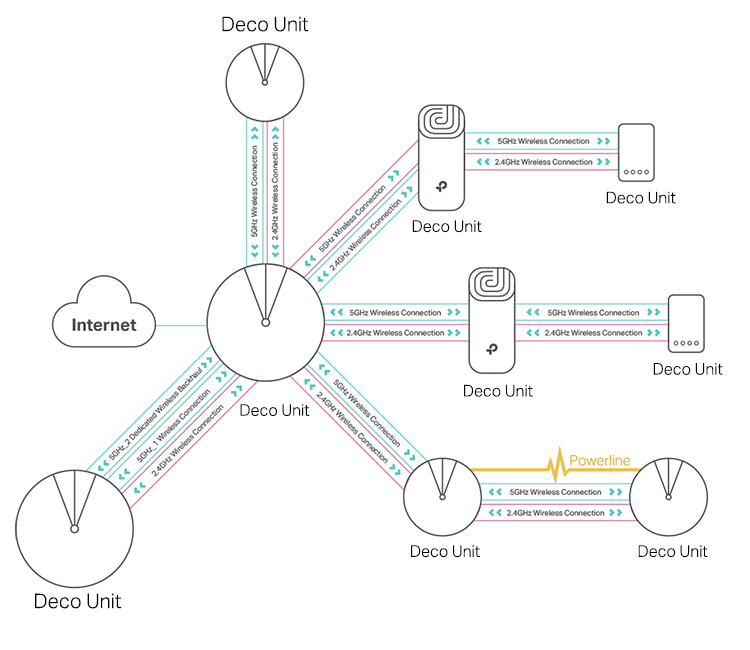
It’s an important part of setting up a network that covers what devices connect to which others and how data flows between different points. Network topology is the arrangement of all the nodes and connections in a network. Here’s everything you need to know about network topology. If you’ve had to ask yourself questions like these, don’t worry.


So what is topology in a network, what does it do, and how can you make the most of it? If you don’t know what phrases like network topology mean, it can make it hard to understand the advice you read online.
#Best mesh network Pc#
If you want your PC to operate as a true wireless repeater, you’ll need a third-party tool such as Connectify’s Hotspot MAX tool – visit for details.įinally, remember that using this feature will reduce the bandwidth that’s available for your computer itself to use – and the extended network will only be available while your computer’s switched on.Network management involves a lot of unique terms.
#Best mesh network windows 10#
Be warned, though, that the Windows 10 network remains technically separate, and you could encounter problems associated with double NAT. You can now flip a switch to make Windows share its own network connection with other devices in range.īy default, Windows creates a new wireless network, with its own name and a randomly generated secure passphrase, but if you hit the Edit button you can set these to match your router’s own network. To do so, simply open the Settings app, click on Network & Internet and select “Mobile hotspot” from the left-hand menu. If you’re looking for the simplest possible solution, it’s possible to make Windows 10 itself act as a wireless extender. The catch is that you’ll need to run an Ethernet cable between your main router and your bridge device, so if you need to extend the signal across several rooms this may be impractical. Just like a mesh system, most routers offer a bridge mode that tells the router to work as a wireless access point for a main router elsewhere. If your router won’t work as a repeater, there is another way to use it to extend your wireless network.
#Best mesh network install#
If it’s not, you might still be able to install the open-source DD-WRT firmware or some other third-party OS to add the feature. This depends very much on the model and firmware, however – you’ll need to check the documentation to see if this is supported. If you have a spare router, you may be able to configure it to work as a wireless repeater. And if you let the repeater broadcast the same SSID as your router, your wireless clients will seamlessly switch over to it as needed. It’s the same principle as a two-node mesh system, but simpler to set up: many models connect to your main router via WPS, so deployment is literally as simple as pressing a button.

It then rebroadcasts the wireless network, giving devices in its vicinity a stronger signal to latch onto. Wireless repeaterĪ wireless repeater is typically a small appliance that plugs directly into a mains socket a few rooms away from your main router. The best connections can provide 15MB/sec, but speeds of 5MB/sec are common. As with Wi-Fi, the manufacturer’s advertised data rates convey some sense of which products are faster than others, but real-world speeds will depend on your wiring, and are almost impossible to gauge before you buy your powerline kit and plug it in. Powerline networking is neat and convenient, but performance is hard to predict. Ordinarily, a powerline extender system will consist of a base station, which you connect to your router via an Ethernet cable, and a separate access point that plugs in somewhere else to rebroadcast the wireless network. Powerline networking takes a different tack, sending data around the mains cabling in your home. Some homes aren’t amenable to wireless connections, perhaps due to thick walls or long distances between rooms.


 0 kommentar(er)
0 kommentar(er)
